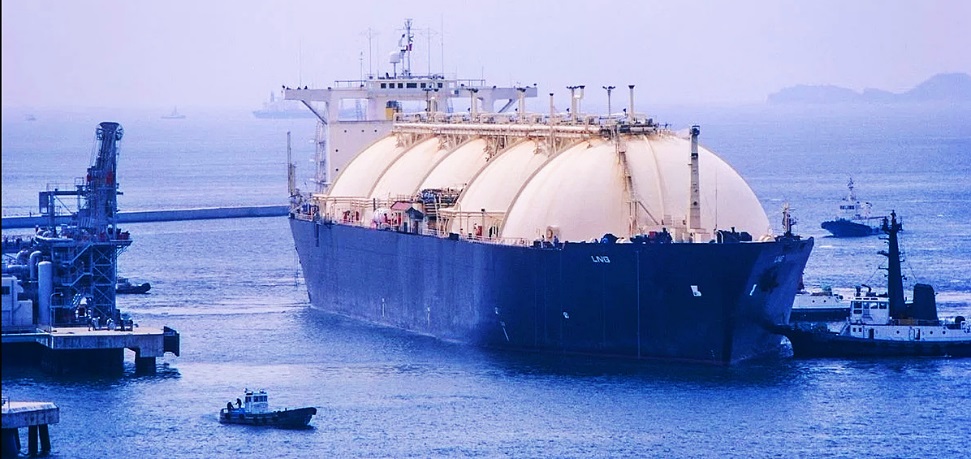

Canadian liquefied natural gas (LNG) exports to Asia could reduce annual emissions by the equivalent of removing every single car from Canadian roads, according to a new study from energy research and consultancy firm Wood Mackenzie.

The study, commissioned by the Canadian Energy Centre, coincides with the COP27 world climate summit being held in Egypt.
It demonstrates how natural gas from Canada could help energy-hungry Asian countries meet growing demand while helping lower net global emissions by supplanting coal.
Given Canada’s vast natural gas reserves, proximity to Asian markets and competitively priced products, Canada has an opportunity to become a key supplier for decades to come, the research shows.
“In Canada, we have an abundance of natural gas. Someone will produce that natural gas – if it’s not Canada, someone else will”, said Matthias Bloennigen, Wood Mackenzie’s Director Americas consulting.
“If we were to have more western Canadian LNG, that would allow a lot of the other sources to go to Europe. It’s like a domino.”
Canada currently has no ability to export LNG to global markets, but a handful of west coast projects could see Canada enter a global marketplace that has grown significantly as nations look for alternatives to Russian natural gas.
As explained, LNG from Canada would be very competitive with other suppliers due to lower transportation costs to Asian markets, as well as lower facility emissions and lower supply costs than many of its competitors.
Three scenarios for Canadian LNG growth
The new report looks into three scenarios for the growth of the Canadian LNG sector – a base case that considers moderate growth of Canada’s LNG industry, one in which Canada greatly accelerates its LNG capacity, and one in which it remains largely stagnant.
In the base case, by 2050, Canada could account for nearly 20% of the northeast Asia LNG market share, compared to 31.7% under the accelerated model and just under 7% if Canada limits LNG growth.
Under the scenario in which Canada accelerates its LNG capacity, helping Asia switch from coal to natural gas, net emissions in the region could be reduced by an average of 188 metric tonnes of carbon dioxide equivalent (MtCO₂E) per year, or about 29% of Canada’s total annual greenhouse gas (GHG) emissions, the equivalent of removing all of today’s cars from Canada’s roads.
Should Canada limit LNG growth, total emissions in northeast Asia would continue to rise by an average of four MtCO₂E per year.
The study also found that Asia now accounts for more than two-thirds (67%) of global LNG demand and is expected to grow to 300 million tonnes per annum (mtpa), or about 73% of total global demand, by 2050 due to rising economic and population growth, the need to replace declining domestic supply, and to decarbonise the existing power supply.
Moreover, by 2050, energy demand from Asian countries is expected to account for 47% of the global total, with China making up more than half of that.
The research showed that a global LNG demand gap of 150 mtpa is anticipated by 2035 and Canada, if currently planned west coast projects come online by 2035, could provide up to 59 mtpa to help address the shortfall under a scenario in which Canada accelerates its LNG capacity.
“With the world gripped by a global energy crisis, many nations in both Asia and Europe have moved back to coal, among the dirtiest of fossil fuels, in an effort to ensure reliable power. Canadian LNG is a cleaner solution that could have a real measurable impact on global emissions by reducing dependency on coal over the medium term”, the report concludes.